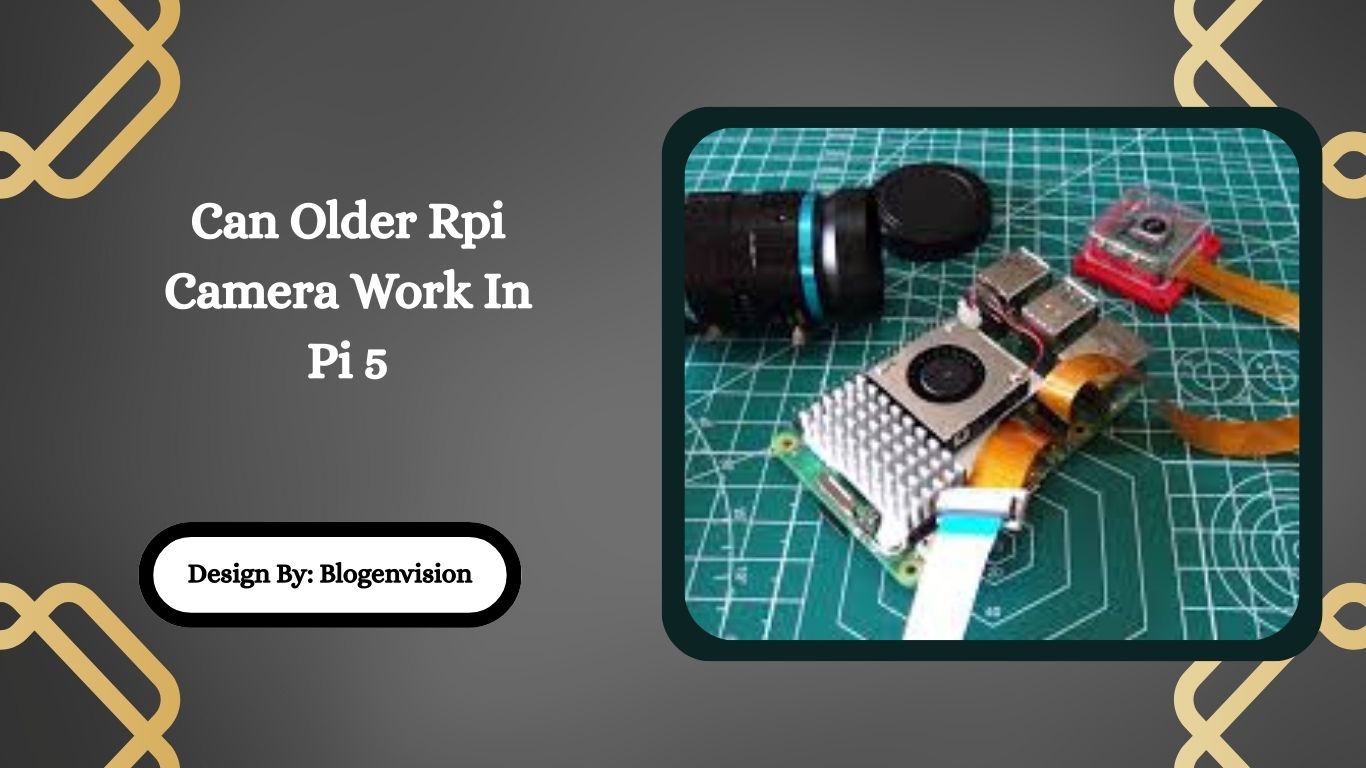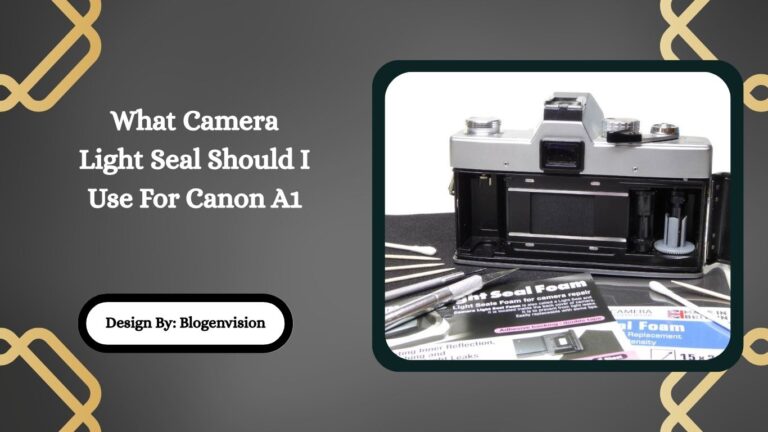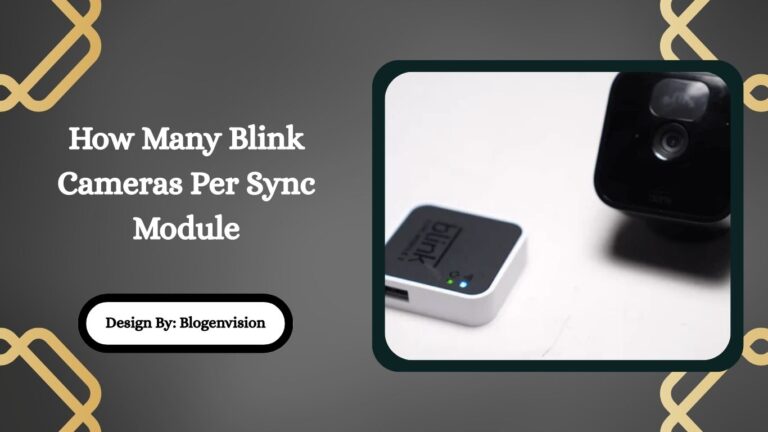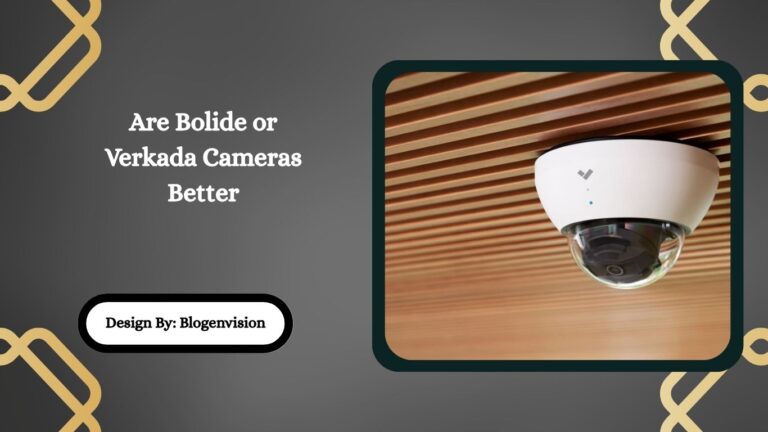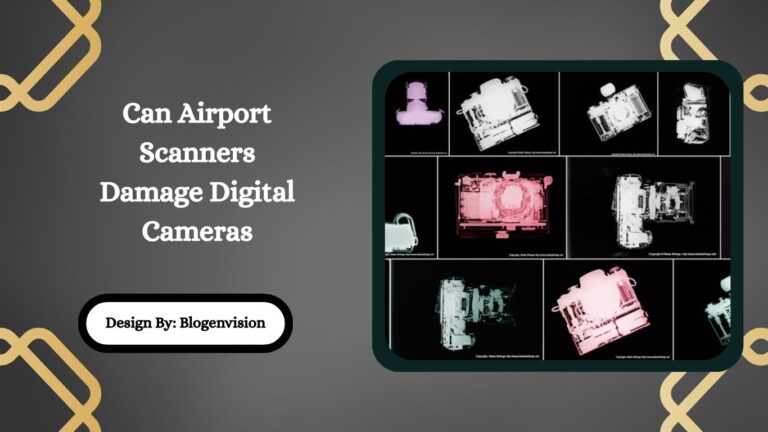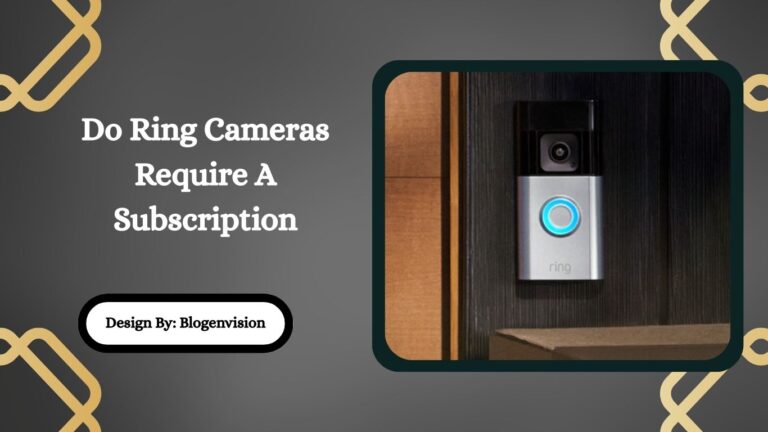Can Older Rpi Camera Work In Pi 5 – Setup, Tips, and Fixes!
Yes, most older Raspberry Pi camera modules work with Raspberry Pi 5, but some require updated software, correct overlays, and proper cable connections for full functionality and compatibility with the latest Raspberry Pi OS.
With the release of the Raspberry Pi 5, many enthusiasts are wondering: Can older Raspberry Pi camera modules still work with it? The short answer is yes, but with a few important considerations. Hardware ports, drivers, and operating system changes all play a role in determining compatibility.
This detailed guide will explore how the Pi 5 handles older camera modules, what setup steps are necessary, and what troubleshooting tips can help you get your camera working without frustration.
Hardware Changes in Raspberry Pi 5
The Raspberry Pi 5 introduced several hardware upgrades, including improvements to processing power, GPU performance, and connectivity. The camera interface—also known as the CSI port—remains physically compatible with previous Raspberry Pi camera modules.
The Pi 5 uses the same connector type as previous models, so older ribbon cables still fit. This means that, in many cases, a Raspberry Pi Camera Module V1 or V2 can be plugged in directly without requiring hardware adapters.
However, compatibility isn’t just about physical fit. The Pi 5 uses updated drivers and firmware through Raspberry Pi OS, so older cameras may require additional software configuration before they work correctly.
Understanding Camera Module Versions
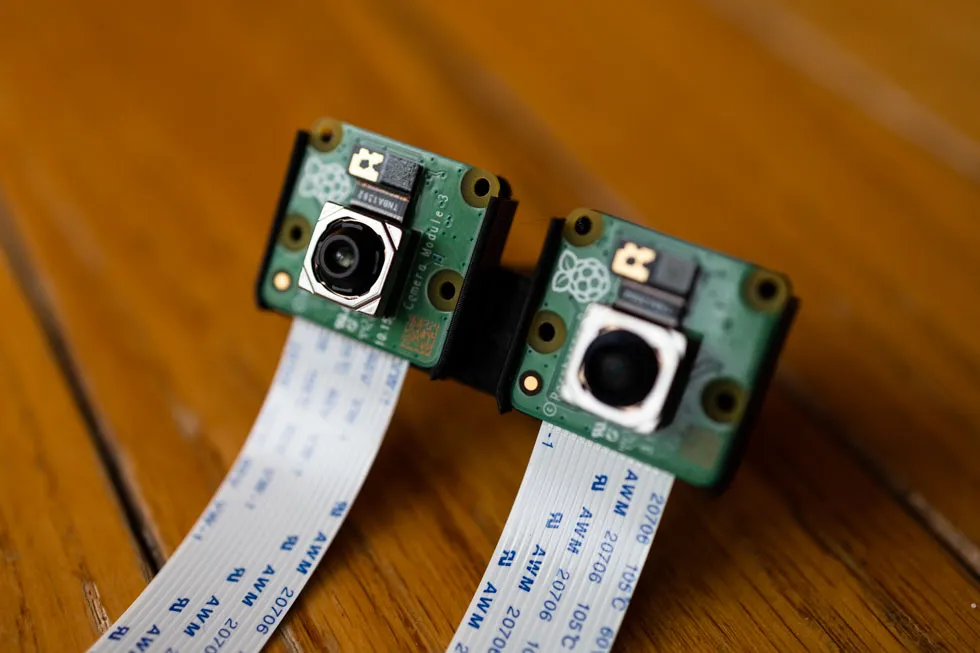
Before diving into compatibility, it’s important to know the differences between common Raspberry Pi camera modules:
- Camera Module V1 5MP sensor, based on OmniVision OV5647, suitable for basic photography and video.
- Camera Module V2 8MP Sony IMX219 sensor, improved low light performance, higher resolution.
- HQ Camera High quality camera with interchangeable lenses, designed for professional grade projects.
- Third Party Modules (e.g., Arducam) Available in a variety of resolutions and features, including autofocus, global shutter, or specialty sensors.
Both V1 and V2 modules typically work out of the box with Pi 5, but some third party modules may require manual driver setup.
Using Legacy Camera Modules with Pi 5
For most official Raspberry Pi cameras, compatibility is straightforward. The key steps are:
- Update Raspberry Pi OS Run system updates to ensure you have the latest camera firmware.
- Connect the Camera to the CSI Port Power off the Pi 5, lift the locking tab on the CSI connector, insert the ribbon cable with the correct orientation, and lock it back in place.
- Enable Camera Support In Raspberry Pi OS, enable camera functionality through configuration settings or ensure that camera auto detection is active.
- Test with libcamera Use commands like libcamera-hello to verify that the camera feed is working.
Configuration for Third Party Cameras
Some third party cameras, such as certain Arducam models, require additional configuration. These may include enabling specific overlays in the Pi’s configuration file.
Example:
ini
CopyEdit
dtoverlay=imx519
This line, added to the system’s configuration, tells the Pi which camera driver to use. Depending on the model, you may also need to specify which camera port (CSI0 or CSI1) is in use.
For dual camera setups, separate overlays can be applied for each port, such as:
ini
CopyEdit
dtoverlay=arducam-64mp,cam0
dtoverlay=arducam-64mp,cam1
You can then test each camera individually with:
css
CopyEdit
libcamera-still –camera 0
libcamera-still –camera 1
Common Issues and Troubleshooting
If your older camera isn’t detected on the Raspberry Pi 5, try the following troubleshooting steps:
- Check Cable Orientation The blue or silver side of the ribbon cable must face the correct direction for data and power to flow.
- Confirm Secure Connection Both ends of the ribbon cable should be fully inserted and locked in place.
- Update Software Make sure libcamera and other camera libraries are up to date.
- Enable Camera Auto Detection In the Pi’s configuration, add:
ini
CopyEdit
camera_auto_detect=1 - This allows the system to identify connected modules automatically.
- Specify the Correct Overlay If the module is not auto detected, add the proper dtoverlay line for your camera model.
- Test with Basic Commands Use libcamera-hello or libcamera-still to confirm detection before attempting advanced setups.
Special Cases – Advanced Camera Modules!
Certain advanced camera modules, such as high resolution sensors or global shutter designs, may not have full feature support yet in Raspberry Pi OS for Pi 5.
For example, some autofocus modules can display an image but lack autofocus control until driver updates are released. In these cases, you may be able to capture still images and video, but some advanced functionality will be limited.
Dual Camera Support
The Raspberry Pi 5 supports multiple CSI camera connections, allowing for dual camera projects. This is ideal for stereo vision, 3D imaging, or capturing different perspectives at the same time.
To set this up:
- Connect each camera to its CSI port.
- Add individual overlay lines for each module in the configuration file.
- Use the –camera flag with libcamera commands to select which camera to capture from.
Best Practices for Reliable Operation
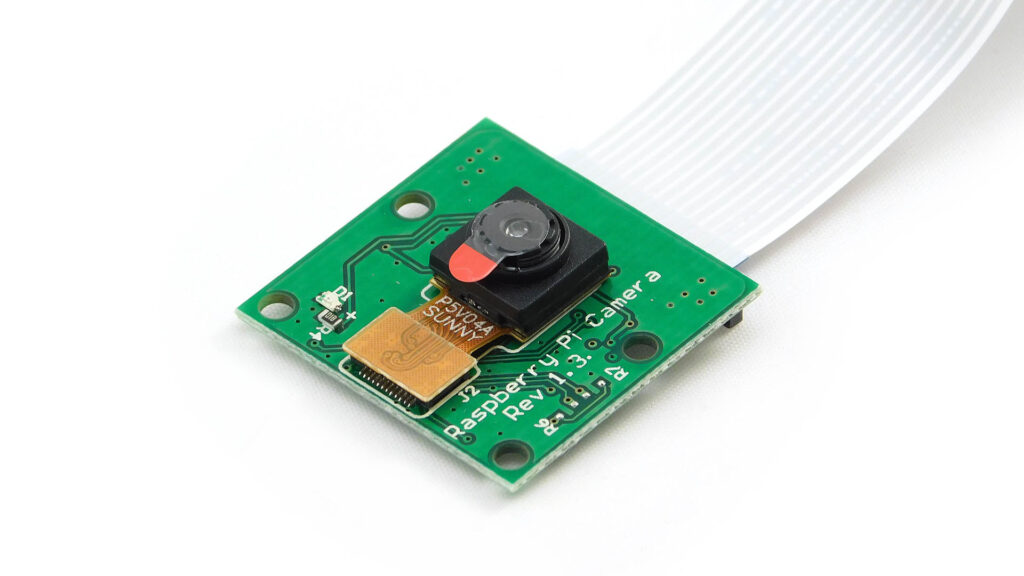
- Always power off before connecting or disconnecting cameras.
- Keep your system updated to benefit from new driver and firmware releases.
- Use high quality ribbon cables to avoid signal loss or intermittent connection issues.
- Label your cameras if using multiple modules to avoid mix ups during setup.
- Document your overlay settings so they can be reapplied after OS updates.
Summary of Compatibility
Here’s a quick overview of how common cameras fare with Raspberry Pi 5:
| Camera Module | Works with Pi 5? | Notes |
| Camera Module V1 | Yes | Plug and play with updated OS |
| Camera Module V2 | Yes | Best balance of performance and ease of use |
| HQ Camera | Yes | Fully supported, ideal for high quality imaging |
| Most Arducam Modules | Yes, with overlay | Requires model specific configuration |
| Autofocus Modules | Partial | Image works, autofocus may be unsupported |
FAQs:
1. Can I use Raspberry Pi Camera Module V1 with Pi 5?
Yes, the Camera Module V1 works with Pi 5. Ensure Raspberry Pi OS is updated, connect the ribbon cable correctly, and test with libcamera commands to confirm the camera feed is functioning.
2. Do third party Raspberry Pi cameras work on Pi 5?
Most third party cameras, like Arducam, work with Pi 5 but often require adding the correct dtoverlay in the configuration file and enabling camera auto detection for proper driver loading and stable operation.
3. How do I connect dual cameras to Raspberry Pi 5?
Connect each camera to its CSI port, add separate dtoverlay lines for each in the Pi configuration file, then use libcamera –camera commands to select which camera to operate or test.
4. Why is my old Raspberry Pi camera not detected on Pi 5?
This can happen if the ribbon cable is incorrectly inserted, the overlay is missing, or the OS is outdated. Update Raspberry Pi OS, enable camera detection, and verify connections before testing.
5. Can Raspberry Pi 5 support autofocus camera modules?
Autofocus camera modules can display images on Pi 5, but autofocus functions may not be fully supported until driver updates are released. Manual focus or fixed focus modes often work in the meantime.
Conclusion:
Raspberry Pi 5 maintains strong backward compatibility with older camera modules, making it a practical upgrade for existing projects. Official V1 and V2 modules work almost seamlessly, while third party cameras often require configuration adjustments like dtoverlay settings. Proper cable connection, system updates, and the use of libcamera commands ensure stable performance. Some advanced functions, such as autofocus, may remain limited until new drivers are released. With the right setup, users can continue using their older camera hardware effectively on the latest Raspberry Pi platform.

